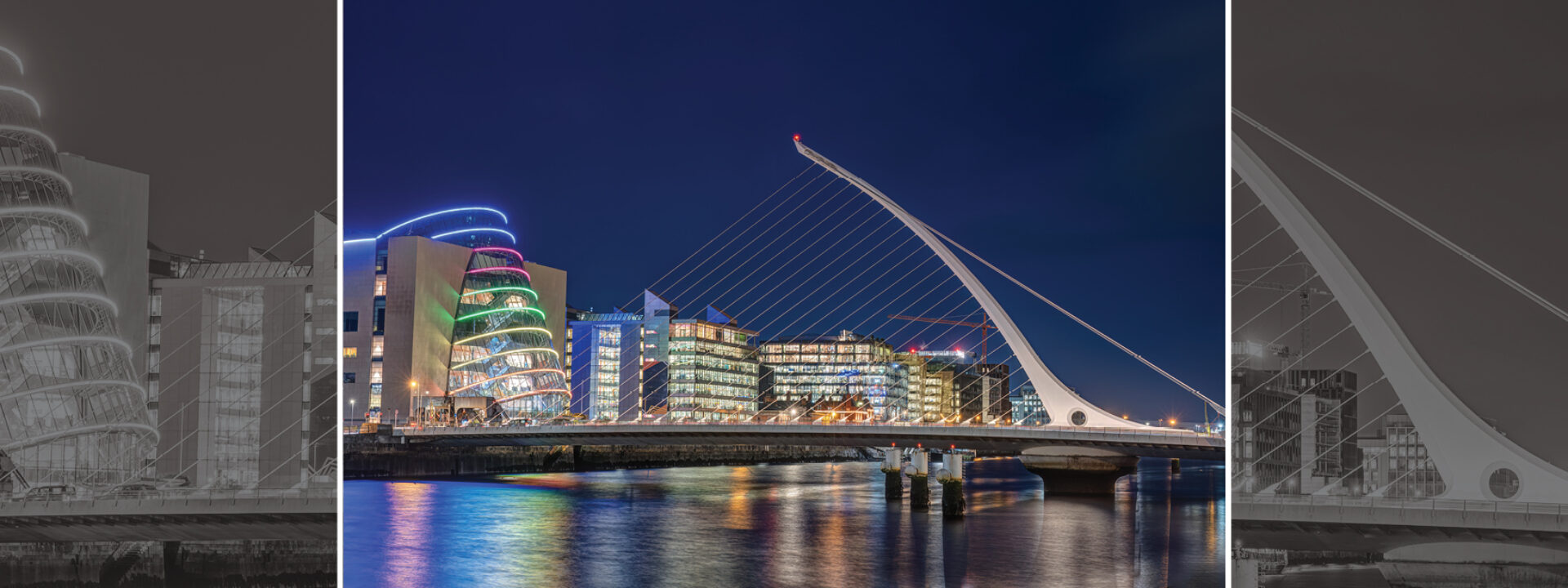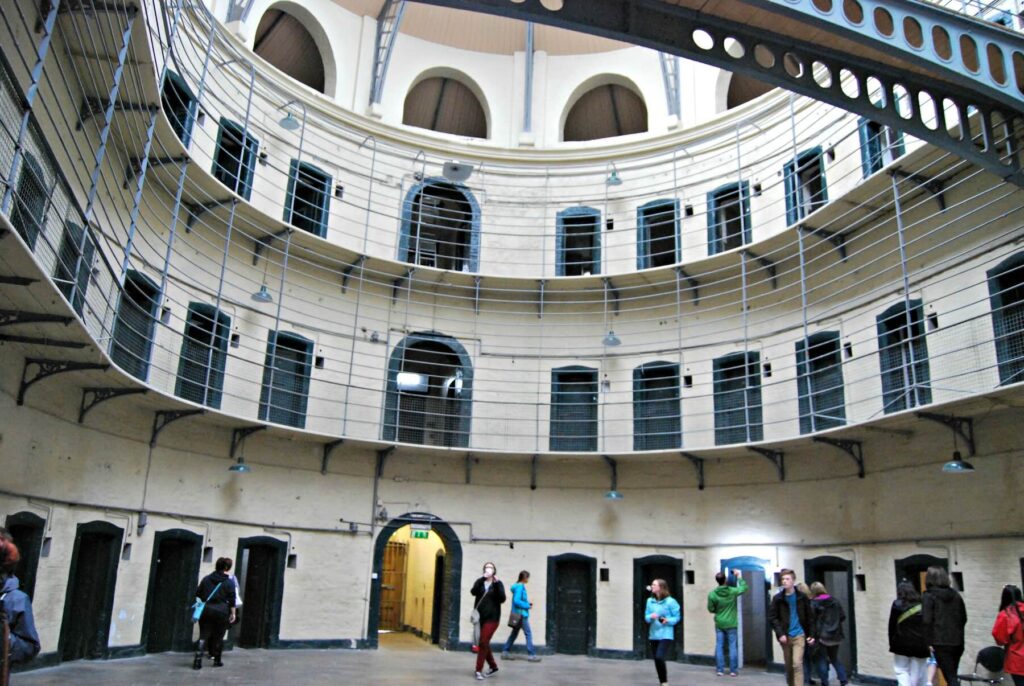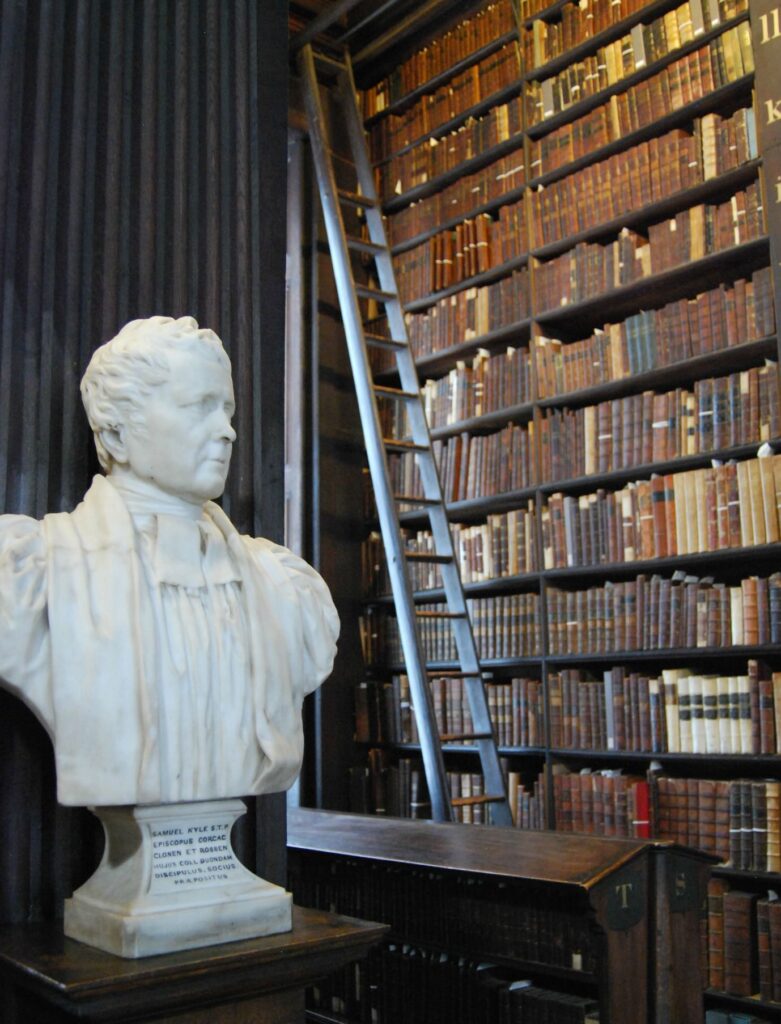From YHM to Where? Experience Hamilton to Dublin

It’s easy to connect to Ireland through Iceland from Steeltown aboard PLAY Airlines.
Dublin, Ireland is one of those cities I’m glad I spent 48 hours exploring. Last minute, I added it to a longer trip through the Emerald Island and didn’t regret it. Now, I want to go back.
Fortunately, I can get to Dublin easily thanks to flights from Hamilton to Europe … via Iceland. We have PLAY Airlines to thank for linking Hamilton to major European cities. Cheaply. And for four days, it’s even cheaper.
Flights from Hamilton to Europe
PLAY, a low-cost Icelandic airline, began flying from the John C. Munro Hamilton International Airport last year on June 22. HCM was there for the inaugural flight linking Hamilton to Reykjavik. All PLAY fights from Hamilton to 26 European cities – including Hamilton to Dublin – fly through Iceland, and the airline is currently offering overnight stops in the land of Ice and Fire at no extra charge.
Plus, from May 20 to 24, Canadians get 25 per cent off flights out of Hamilton – and one of those destinations is Dublin, Ireland. What other PLAY flights are discounted? Hamilton to Iceland, Copenhagen, Berlin, Amsterdam, London, Paris, Dusseldorf, and Hamburg. Book the discount for travel dates between June to December 2024.
Good timing, too, because HCM is featuring travel destinations from Hamilton online all summer, so keep coming back for more.
First up: Dublin, Ireland. The city of pubs and parties, poetry and prose, and history so intense it requires an 18th century jail, now museum, to tell the story of its turbulent journey to its England-free republic status.
Ireland’s bloody battle for independence
True, the Guinness Storehouse tour is a magnet for pint-loving visitors to Dublin, but before you spend the afternoon touring the iconic brewery (and it takes the better part of the afternoon), experience a more sobering tour of the Kilmainham Gaol Museum. It will orient you to the collective consciousness of this city.
Yes, it’s a former jail. The Kilmainham Gaol, originally constructed in 1796, was remodelled over the centuries, and finally shuttered as a jail in 1929. In 1966, it opened as a museum and is one of the most popular tourist attractions in Dublin, next of course to anything libation associated.
Many stories fill the space, intermingling with, no doubt, many ghosts who have a score to settle. Thousands of prisoners were shipped from here to Australia until the end of that practice in 1868.
Although the jail was originally constructed in the Victorian period when women, men and even children were jailed together for crimes ranging from murder to poverty, the Kilmainham Gaol is best known for an even darker event: executing 16 rebels, including the infamous James Connelly, who participated in the 1916 Easter Uprising Rebellion. This rebellion eventually led to the country’s independence in 1937.
The stories during the jail tour are sombre, but the Irish pride in the retelling makes this visit worth the price of admission. Despite the ominous history, this place is somehow the symbolic heart and soul of the country’s resilience and defiance – much celebrated and documented throughout Dublin.

History of higher learning at Trinity College
Graduates of Trinity College, in the city’s centre, include Oscar Wilde, Jonathan Swift and Samuel Becket. Dublin doesn’t let visitors forget its literary contribution to the British academic canon. The grounds of Trinity College are thickly blanketed in an intellectual air only Georgian architecture, seated looming statues with draping robes, and a grassy central courtyard can achieve. The wide, almost medieval, entrance gate and stone walls somehow filter out most of the traffic sounds from Dublin’s central 21st century square outside.
Trinty College is, of course, still a functioning university, sharing space with a steady stream of tourists roaming the grounds and lining up to revere the power of words. The college is home to two iconic attractions: the Book of Kells and the old library.
In my view, no visit to Dublin is complete without seeing the Book of Kells. Not everyone knows about the “world’s most famous medieval manuscript,” considered the county’s greatest cultural treasure. This 9th century book, hand decorated by monks, depicts four gospels of the life of Christ. Exhibited in low light among visual material explaining the book’s history and significance, the experience encapsulates the power of the written word through time.
And if you didn’t think Dublin coveted book learning, your mind will be changed (and maybe blown) by a visit to the university’s majestic old library’s Long Room – a hallway of floor-to-vaulted-ceiling oak bookshelves housing 200,000 of the library’s oldest books, punctuated by white marble busts celebrating the writers who penned them. (Note that 2024 might be the year to see the Old Library – restoration is slated to begin in 2025 and access might be limited).

Easiest way to tour Dublin in a day (or two)
Just outside the college’s gates, is where the dignity of higher learning meets the hub of tourist activity – a block away from the voluptuous and heavily petted Molly Malone cast in bronze and forever selling cockles and muscles to a leering photo-happy crowd on Grafton Street.
This circle is also the Trinity College stop for the Dublin Bus Tours’ Hop on Hop Off green double decker that efficiently takes you on a long, but complete, Dublin highlight tour. While some dismiss a Hop on Hop Off bus experience as strictly for tourists and not travellers, it’s frankly the best way to see Dublin, especially during a short visit.
The multi-day Hop on Hop Off pass is a convenient way to get directly to the key sights worth visiting in Dublin:
- The Guinness Storehouse tour experience – a multi-floor museum and tour of the country’s best known dark and frothy export
- The National Gallery and Museums (Admission is free but not open Mondays)
- The Jamison Whiskey factory and tour
- The Dublin Zoo
- The Little Museum of Dublin – a charming, converted house filled with artifacts donated by city residents and an entire room dedicated to U2, the pride of Ireland.
The tempo of Temple Bar
Speaking of live music, after all the cultural sightseeing, a pint might be in order. Temple Bar on the south bank of the Liffey River, is an area associated with pubs, parties, and overindulging. Many Hamiltonians love live music (and nightlife), so head here to check out what Hess Village could look like, if it had a 200-year head start.
Yes, there is a Temple Bar Pub, but the entire area of cobblestone streets and arched stone walkways is called Temple Bar, and nary a tourist in town doesn’t at least walk through the arty area during the day. At night, however, it’s dubious and loud. If sleeping at all in Dublin is on your wish list, stay at a hotel well outside this area. Otherwise, Dublin, Ireland is a cultured exuberant city easy to navigate as a visitor.






